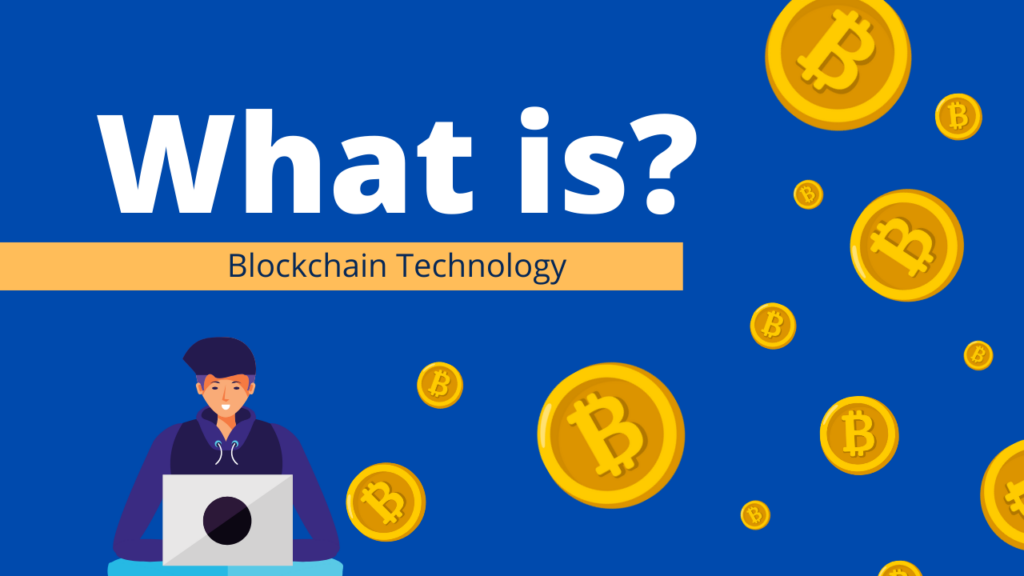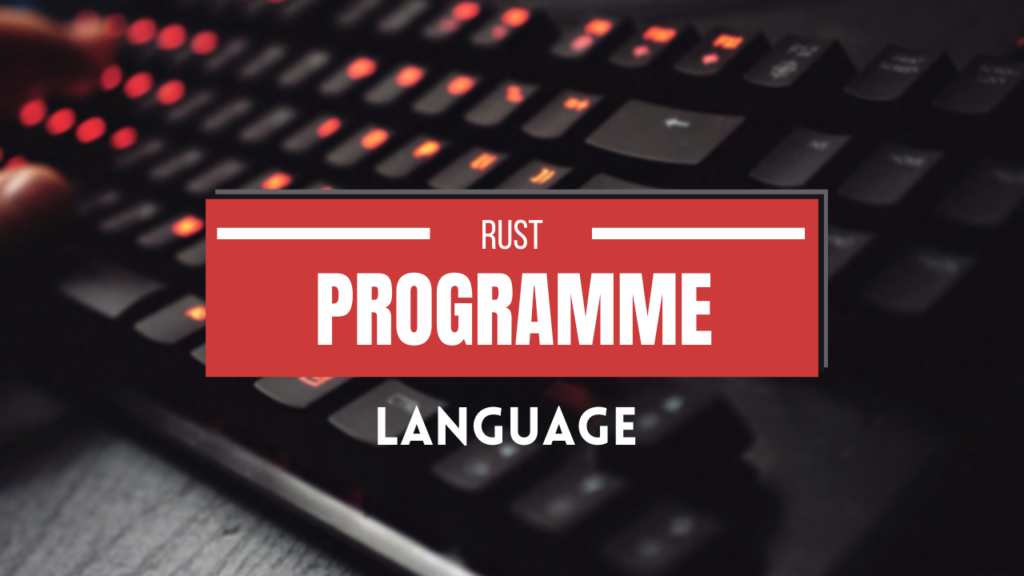NVIDIA Unveils Blackwell Ultra and Vera Rubin: The Next Generation of AI Superchips
In a groundbreaking announcement on March 19, 2025, NVIDIA has once again pushed the boundaries of artificial intelligence and computing power with the introduction of its latest AI superchips, the Blackwell Ultra and Vera Rubin. These cutting-edge chips are set to revolutionize industries ranging from autonomous vehicles to healthcare, and from scientific research to generative AI. Named after the renowned mathematician David Blackwell and the pioneering astronomer Vera Rubin, these chips represent NVIDIA’s commitment to innovation and its vision for the future of AI-driven technology. The unveiling marks a significant leap forward in computational efficiency, scalability, and performance, solidifying NVIDIA’s position as a leader in the AI hardware space. Blackwell Ultra: Redefining AI Performance The Blackwell Ultra is NVIDIA’s most advanced AI superchip to date, designed to handle the most complex AI workloads with unprecedented speed and efficiency. Built on a next-generation architecture, the Blackwell Ultra boasts: Vera Rubin: A New Era for Autonomous Systems Named after the astronomer who confirmed the existence of dark matter, the Vera Rubin chip is tailored for real-time AI applications, particularly in autonomous systems. This chip is engineered to process vast amounts of sensor data with ultra-low latency, making it perfect for self-driving cars, robotics, and edge computing. Key features of the Vera Rubin include: NVIDIA envisions the Vera Rubin chip as a cornerstone for the future of autonomous mobility, smart cities, and industrial automation. Industry Impact and Applications The introduction of the Blackwell Ultra and Vera Rubin chips is expected to have a transformative impact across multiple sectors: NVIDIA’s Vision for the Future Jensen Huang, NVIDIA’s CEO, emphasized the company’s mission to democratize AI and make it accessible to all. “The Blackwell Ultra and Vera Rubin chips are not just technological advancements; they are tools to unlock human potential and solve problems that were once thought impossible,” he said during the unveiling event. With these new superchips, NVIDIA is poised to drive the next wave of AI innovation, empowering businesses, researchers, and developers to push the boundaries of what’s possible. Availability and Pricing The Blackwell Ultra and Vera Rubin chips are expected to hit the market in late 2025, with pre-orders opening in the coming months. While pricing details have not been disclosed, NVIDIA has assured that the chips will be available in various configurations to suit different budgets and use cases. As the world continues to embrace AI, NVIDIA’s latest offerings are a testament to the company’s unwavering commitment to innovation and its vision of a smarter, more connected future. The Blackwell Ultra and Vera Rubin are not just chips—they are the building blocks of tomorrow’s AI-driven world.




